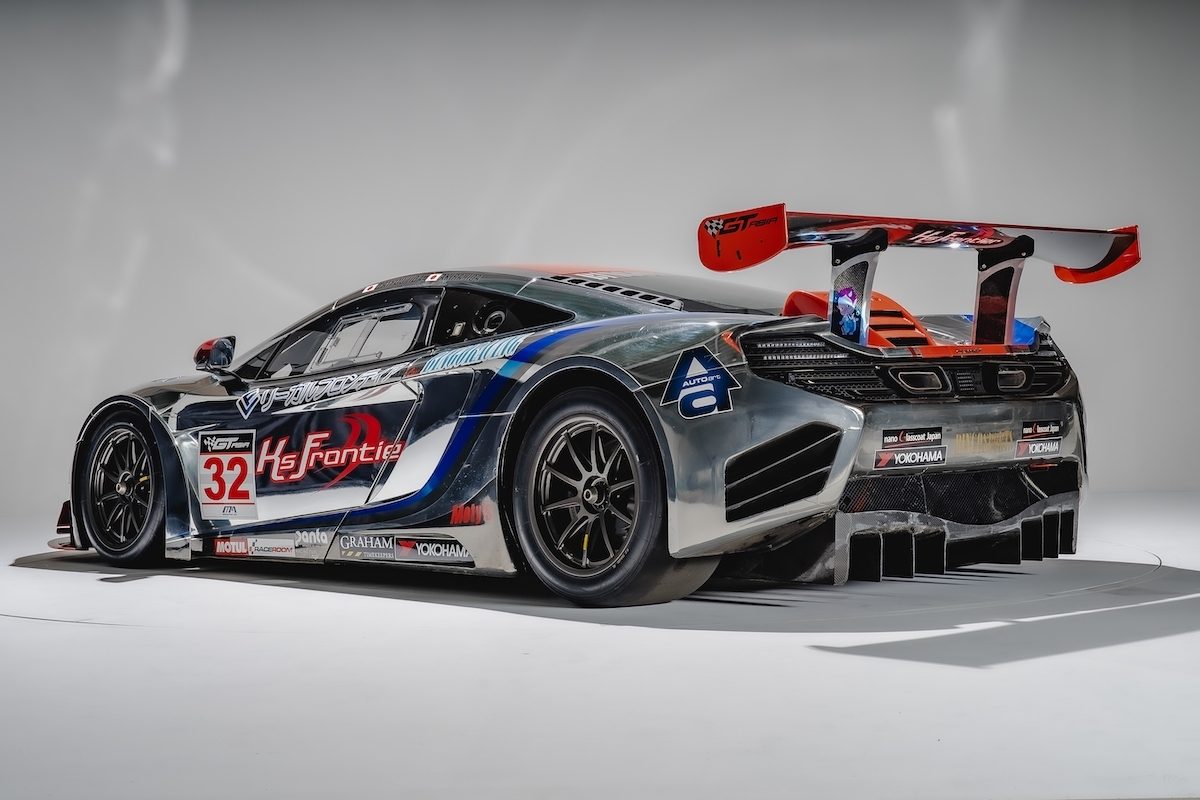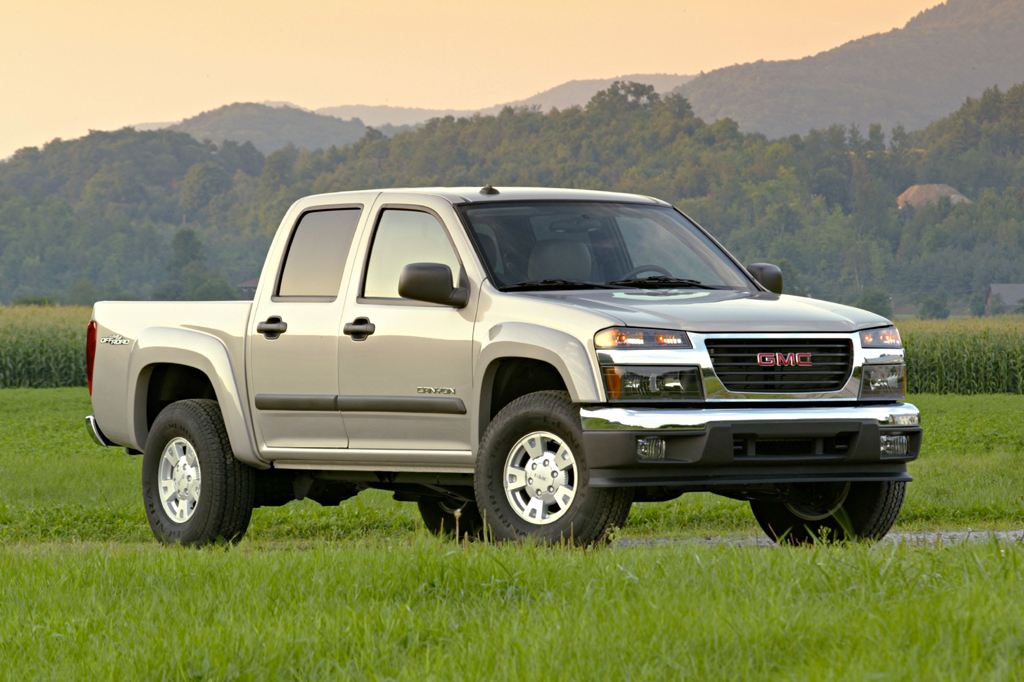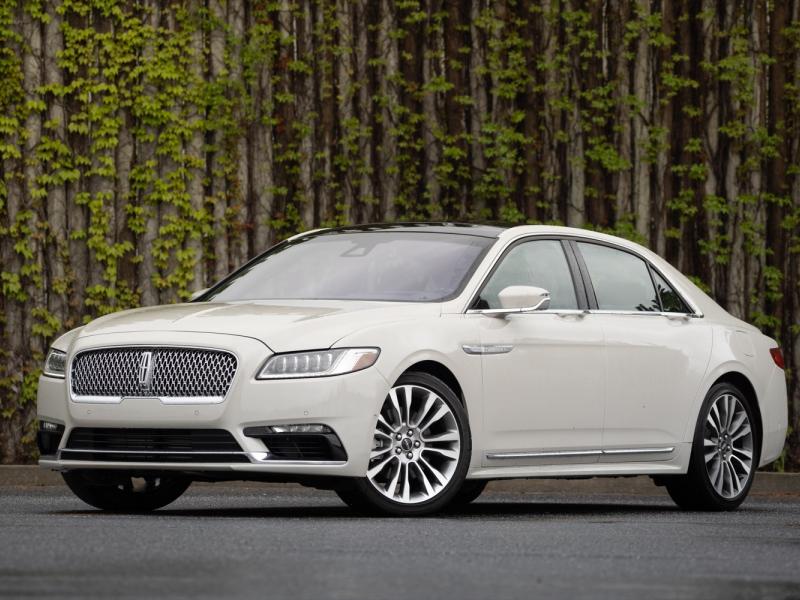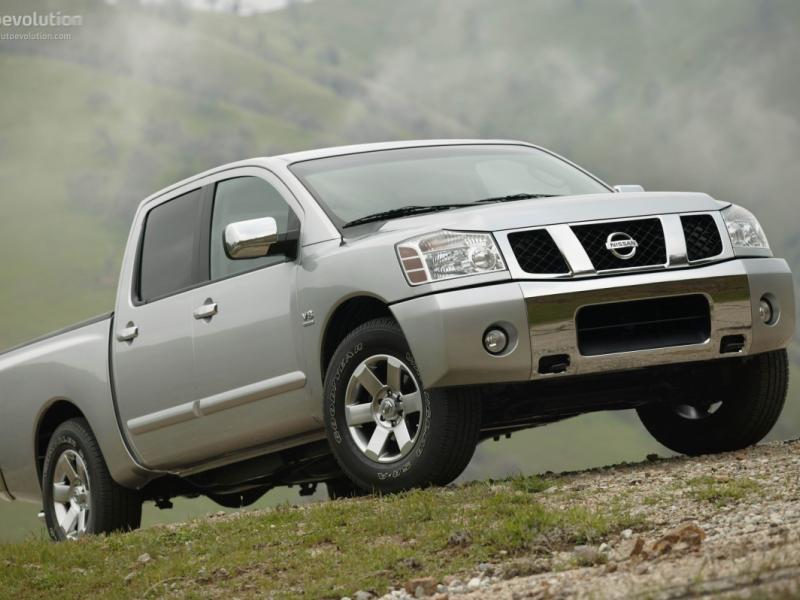McLaren MP4-12C GT3 Specs and Pricing
Sat, 06/01/2013 - 01:19
The racing version of the McLaren MP4-12C supercar is now ready to take on the competition as the company officially unveils it.
This magnificent GT3 racer will be available for private teams as of 2012 for a base price of £310,000 and for that you get a car that is 100 hp less powerful than the road going version! That’s due to the rules of the GT3 class.
Apart from the engine though, McLaren MP4-12C GT3 is a superb racing machine with highly advanced technologies in terms of materials and controlling systems. McLaren has used its years of experience in Formula 1 racing to create the best car on the grid and promises it is the most driveable and fastest GT3 car out there. Of course we wouldn’t know about that for sure until 2012 when it begins its full career.
 Here’s full technical specs and details of the MP4-12C GT3:
With a rigorous development programme complete at the end of the 2011 GT3 season, McLaren GT will put in place a robust support programme to ensure all customers of the MP4-12C GT3 are able to stay competitive throughout the 2012 season.
Martin Whitmarsh said: “We speak regularly with prospective customers for the 12C GT3 now and these relationships will only strengthen when teams take delivery of the 20 cars we plan to build for next season.
“This is the first step into GT3 racing for McLaren and we understand that our focus on quality must be consistent through design, development, technology, finish and customer service. I am proud of the relationships McLaren Racing has with sponsors and partners now and I look forward to extending this to customers of the new MP4-12C GT3.”
Initial demand for the first 20 McLaren MP4-12C GT3s is high, with interest suggesting that McLaren and CRS Racing could sell the run five times over. However, neither company has any desire to stretch the market and lead to a risk of either oversupply or restrictions on customer service. Retained value in each GT3 car is also of high priority to McLaren and CRS, and the first customers when they take delivery.
Looking further ahead, around 20 more GT3s plan to be built through 2013 and ’14, but both McLaren and CRS remain open-minded and optimistic about developing racing cars for other series’ and markets.
Andrew Kirkaldy summed up the customer-oriented attitudes at both companies: “We will treat our customers with respect. Having spent time now at McLaren’s amazing headquarters, and seen at close hand their aspiration to launch a new type of sports car company, it is clear that they are, as ever, keen to do things better. Whether this is through race support, parts supply, or even the simple fact that the car’s list price is its price – there are no hidden extras – we want to make doing business with us a pleasure. If we can celebrate race wins together in spring 2012 then even better!”
McLaren MP4-12C GT3 Technical Specification
Here’s full technical specs and details of the MP4-12C GT3:
With a rigorous development programme complete at the end of the 2011 GT3 season, McLaren GT will put in place a robust support programme to ensure all customers of the MP4-12C GT3 are able to stay competitive throughout the 2012 season.
Martin Whitmarsh said: “We speak regularly with prospective customers for the 12C GT3 now and these relationships will only strengthen when teams take delivery of the 20 cars we plan to build for next season.
“This is the first step into GT3 racing for McLaren and we understand that our focus on quality must be consistent through design, development, technology, finish and customer service. I am proud of the relationships McLaren Racing has with sponsors and partners now and I look forward to extending this to customers of the new MP4-12C GT3.”
Initial demand for the first 20 McLaren MP4-12C GT3s is high, with interest suggesting that McLaren and CRS Racing could sell the run five times over. However, neither company has any desire to stretch the market and lead to a risk of either oversupply or restrictions on customer service. Retained value in each GT3 car is also of high priority to McLaren and CRS, and the first customers when they take delivery.
Looking further ahead, around 20 more GT3s plan to be built through 2013 and ’14, but both McLaren and CRS remain open-minded and optimistic about developing racing cars for other series’ and markets.
Andrew Kirkaldy summed up the customer-oriented attitudes at both companies: “We will treat our customers with respect. Having spent time now at McLaren’s amazing headquarters, and seen at close hand their aspiration to launch a new type of sports car company, it is clear that they are, as ever, keen to do things better. Whether this is through race support, parts supply, or even the simple fact that the car’s list price is its price – there are no hidden extras – we want to make doing business with us a pleasure. If we can celebrate race wins together in spring 2012 then even better!”
McLaren MP4-12C GT3 Technical Specification
Ends
Notes to editors:
* Fédération Internationale de l’Automobile
**Dry weight with lightweight options
***McLaren Automotive defines the ‘core’ sector of the high performance sports car market as those cars priced from £125,000-£175,000 in the UK
McLaren’s Racing Pedigree
 Here’s full technical specs and details of the MP4-12C GT3:
With a rigorous development programme complete at the end of the 2011 GT3 season, McLaren GT will put in place a robust support programme to ensure all customers of the MP4-12C GT3 are able to stay competitive throughout the 2012 season.
Martin Whitmarsh said: “We speak regularly with prospective customers for the 12C GT3 now and these relationships will only strengthen when teams take delivery of the 20 cars we plan to build for next season.
“This is the first step into GT3 racing for McLaren and we understand that our focus on quality must be consistent through design, development, technology, finish and customer service. I am proud of the relationships McLaren Racing has with sponsors and partners now and I look forward to extending this to customers of the new MP4-12C GT3.”
Initial demand for the first 20 McLaren MP4-12C GT3s is high, with interest suggesting that McLaren and CRS Racing could sell the run five times over. However, neither company has any desire to stretch the market and lead to a risk of either oversupply or restrictions on customer service. Retained value in each GT3 car is also of high priority to McLaren and CRS, and the first customers when they take delivery.
Looking further ahead, around 20 more GT3s plan to be built through 2013 and ’14, but both McLaren and CRS remain open-minded and optimistic about developing racing cars for other series’ and markets.
Andrew Kirkaldy summed up the customer-oriented attitudes at both companies: “We will treat our customers with respect. Having spent time now at McLaren’s amazing headquarters, and seen at close hand their aspiration to launch a new type of sports car company, it is clear that they are, as ever, keen to do things better. Whether this is through race support, parts supply, or even the simple fact that the car’s list price is its price – there are no hidden extras – we want to make doing business with us a pleasure. If we can celebrate race wins together in spring 2012 then even better!”
McLaren MP4-12C GT3 Technical Specification
Here’s full technical specs and details of the MP4-12C GT3:
With a rigorous development programme complete at the end of the 2011 GT3 season, McLaren GT will put in place a robust support programme to ensure all customers of the MP4-12C GT3 are able to stay competitive throughout the 2012 season.
Martin Whitmarsh said: “We speak regularly with prospective customers for the 12C GT3 now and these relationships will only strengthen when teams take delivery of the 20 cars we plan to build for next season.
“This is the first step into GT3 racing for McLaren and we understand that our focus on quality must be consistent through design, development, technology, finish and customer service. I am proud of the relationships McLaren Racing has with sponsors and partners now and I look forward to extending this to customers of the new MP4-12C GT3.”
Initial demand for the first 20 McLaren MP4-12C GT3s is high, with interest suggesting that McLaren and CRS Racing could sell the run five times over. However, neither company has any desire to stretch the market and lead to a risk of either oversupply or restrictions on customer service. Retained value in each GT3 car is also of high priority to McLaren and CRS, and the first customers when they take delivery.
Looking further ahead, around 20 more GT3s plan to be built through 2013 and ’14, but both McLaren and CRS remain open-minded and optimistic about developing racing cars for other series’ and markets.
Andrew Kirkaldy summed up the customer-oriented attitudes at both companies: “We will treat our customers with respect. Having spent time now at McLaren’s amazing headquarters, and seen at close hand their aspiration to launch a new type of sports car company, it is clear that they are, as ever, keen to do things better. Whether this is through race support, parts supply, or even the simple fact that the car’s list price is its price – there are no hidden extras – we want to make doing business with us a pleasure. If we can celebrate race wins together in spring 2012 then even better!”
McLaren MP4-12C GT3 Technical Specification
| Width (mm) | 1995mm |
| Height (mm) | 1145mm |
| Wheelbase (mm) | 2670mm |
| Fuel tank capacity | 120 litres |
| Chassis/body | McLaren carbon fibre MonoCell with aluminium front and rear frames and bespoke carbon body panels |
| Aerodynamics | Front and rear diffuser, front splitter, dive planes and adjustable rear wing. |
| Transmission | 6 speed sequential using actuation via steering wheel mounted paddles Limited slip differential with a range of ramps and adjustable pre-load. Wet sump Sintered clutch hydraulically operated Driveshafts with tripod joints |
| Engine type | V8 twin turbo McLaren M838T |
| Engine capacity | 3.8L |
| Bore x Stroke | 93 x 69.9 |
| Max. Engine speed | Limited to 7500rpm |
| Cylinder block | Cast aluminium , 90 deg V angle, dry sump scavenge, Nikasil coated liners |
| Crankshaft | Forged steel flat plane |
| Pistons | Forged aluminium |
| Conrods | Forged steel |
| Cylinder head | Cast aluminium with plastic composite cam covers, inlet & exhaust variable cam timing |
| Valvetrain | 32V with 40 deg variable cam timing on intake & exhaust. Low mass with sliding contact end pivoted pinger followers, single variable rate springs and hollow cast chilled iron camshafts |
| Intake system | Two water/air charge air coolers. Plastic composite plenum. |
| Exhaust system | Cast stainless steel exhaust manifold with compact MHI fixed geometry turbo chargers. 970 deg C turbine inlet temperature. |
| Fuel system | Returnless fuel rail with twin fuel tank mounted pumps and twin spray injectors |
| Engine management | MESL TAG400 ECU & CIU 100 Interfacing with Bosch ABS and Shiftec control units |
| Wiring harness | Modular installation: Engine, chassis, fuel cell |
| Lubrication | MOBIL1: engine and transmission |
| Cooling | Air/water heat exchangers for engine water and charge air cooling combined with water/oil heat exchangers for engine, transmission & PAS. |
| Front axle | SKF integrated axles with handed single wheel retaining nut |
| Rear axle | SKF integrated axles with handed single wheel retaining nut |
| Front suspension | Double wishbone adjustable for ride height camber and toe |
| Rear suspension | Double wishbone adjustable for ride height camber and toe |
| Dampers | Coil over Multimatic dampers with DSSV technology with independent bump and rebound adjustment |
| Front brake system | Akebono 6 piston monoblock calliper 378Ø x 36mm Iron ventilated disc |
| Rear brake system | Akebono 4 piston monoblock calliper 355Ø x 32mm iron ventilated disc |
| Steering | Electro-hydraulic PAS |
| Wheels | Forged Aluminium Front 12” x 18” Rear 13” x 18” MESL TPS system compatible |
| Cockpit electronics | Multifunction steering wheel with integrated driver display Central switch panel with systems display screen |
| Steering wheel | Derived from MP4-24 Formula 1 wheel retaining integrated driver display, paddle shift and switches |
- Defined by race wins in a broad series of global racing championships, McLaren is the most successful motor racing team in history. No other racing team has won the ‘triple crown’ of Le Mans (on debut), Indy 500 (three wins) and Formula 1 World Championships. In the North American Can-Am race series McLaren won 43 of 71 races, taking five titles between 1966 and 1972.
- In Formula 1, McLaren has won 170 races: better than one in four of the races in which it has competed since 1966, and more races won per season competed than any rival (3.75). These wins have resulted in eight Constructors’ Championships and 12 Drivers’ Championships. McLaren, and Ron Dennis’ influence on Formula 1 has been manifest. In 1981 (Dennis’ first season as team principal), the McLaren MP4/1 became the first-ever race-winning car featuring a carbon fibre-based monocoque chassis.
- This revolutionary design, inspired by aerospace technologies, has since become the standard chassis structure for racing teams: lightweight, safe, strong, and dimensionally predictable.
- 1993 – 1997: McLaren F1: The McLaren F1 was, and in many eyes remains, the definitive sports car: the first road car with a carbon fibre construction.
- Just 106 examples of this iconic supercar were made (72 road cars, 28 racing cars, six prototypes), but recent auction prices for F1s value the standard F1 road car at between £2 – £2.5 million, almost five times its original retail price: appreciation unheard of in a modern car. It was also the last true road car to win Le Mans and the first to achieve this feat since the ‘60s.
- 2003 – 2009: Mercedes-Benz SLR McLaren: The SLR was conceived and styled by Mercedes-Benz as a powerful, touring sports car before being presented to McLaren Automotive to engineer, develop and manufacture. The SLR was prodigiously fast, exclusive and a technological tour de force. With over 2,100 examples produced, the SLR became the most successful ultimate supercar ever built, selling twice as many as the next best-selling carbon based car (Porsche Carrera GT).
- 2011 – : McLaren MP4-12C: the carbon-based 12C goes on sale globally from June 2011 through 35 experienced premium car retailers in all regions. Up to 1,000 will be built in the cars first full year, hand-built in the brand-new £40 million McLaren Production Centre that is connected to McLaren’s Formula 1 headquarters in Woking, England. The 12C is the first in a range of high-performance sports cars from McLaren.
- 1995: with an F1 GTR piloted by J.J.Lehto, Yannick Dalmas and Masanori Sekiya, McLaren won on debut; four other F1s finished 3rd, 4th, 5th and 13th.
- 1996: six F1 GTR ‘LM’s finished 4th, 5th, 6th, 8th, 9th and 11th.
- 1997: two ‘Longtail’s finished 2nd and 3rd.
- 1998: one ‘Longtail’ finished 4th, with a second withdrawn after an accident.
- 2011 McLaren MP4-12C
- Mclaren Mp4-12c Sportscar
[{"target_id":"257210","alt":null,"title":null,"width":"1200","height":"800","url":"\/sites\/default\/files\/articles-images\/fa\/DSC0620-1.jpg"},{"target_id":"257211","alt":null,"title":null,"width":"1200","height":"800","url":"\/sites\/default\/files\/articles-images\/1e\/DSC0607.jpg"}]




